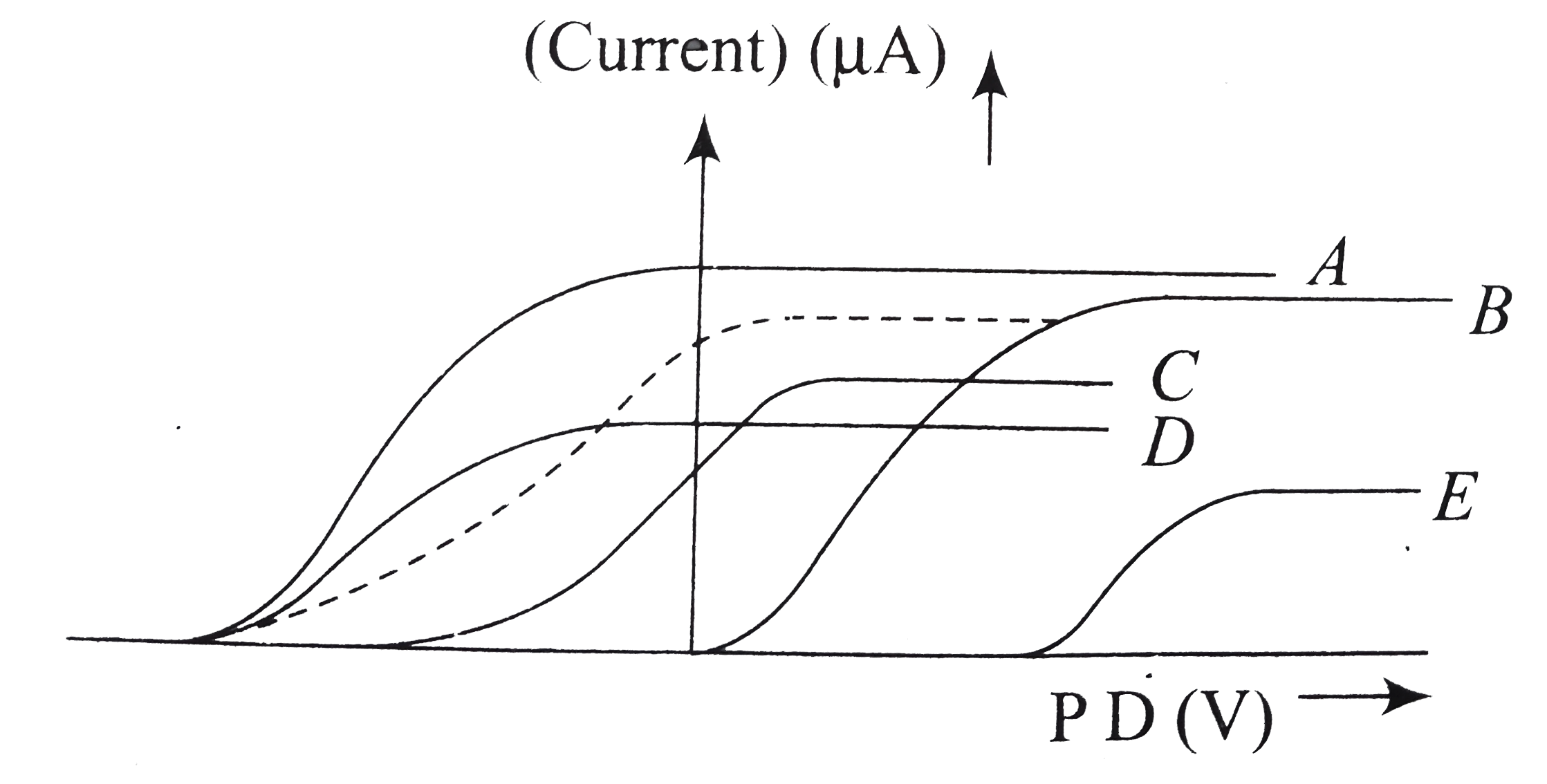Sir C.V. Raman was awarded Nobel Prize for his work connected with which of the following phenomenon of radiation
refraction of light
reflection of light
scattering of light
dispersion of light
The correct Answer is:C
To solve the question regarding Sir C.V. Raman and the phenomenon of radiation for which he was awarded the Nobel Prize, we can follow these steps:
Step 1: Understand the Options
The question provides four options related to different phenomena of light:
1. Refraction of light
2. Reflection of light
3. Scattering of light
4. Dispersion of light
Step 2: Recall Sir C.V. Raman's Contribution
Sir C.V. Raman is known for his significant contributions to the field of physics, particularly in the study of light. It is important to identify which phenomenon he is most famously associated with.
Step 3: Analyze Each Option
- Refraction of light: This is the bending of light as it passes from one medium to another. While important, it is not related to Raman's Nobel Prize work.
- Reflection of light: This is the bouncing back of light when it hits a surface. Again, this is not related to Raman's work.
- Scattering of light: This phenomenon occurs when light rays deviate from their straight path due to interactions with particles or molecules. This is indeed related to Raman's work.
- Dispersion of light: This is the separation of light into its constituent colors, such as when light passes through a prism. This is not the focus of Raman's Nobel Prize work.
Step 4: Identify the Correct Answer
Based on the analysis, the correct answer is Scattering of light. Sir C.V. Raman was awarded the Nobel Prize for his work on this phenomenon, which is known as the Raman Effect.
Conclusion
The correct answer to the question is Scattering of light.
---
The question provides four options related to different phenomena of light:
1. Refraction of light
2. Reflection of light
3. Scattering of light
4. Dispersion of light
Sir C.V. Raman is known for his significant contributions to the field of physics, particularly in the study of light. It is important to identify which phenomenon he is most famously associated with.
- Refraction of light: This is the bending of light as it passes from one medium to another. While important, it is not related to Raman's Nobel Prize work.
- Reflection of light: This is the bouncing back of light when it hits a surface. Again, this is not related to Raman's work.
- Scattering of light: This phenomenon occurs when light rays deviate from their straight path due to interactions with particles or molecules. This is indeed related to Raman's work.
- Dispersion of light: This is the separation of light into its constituent colors, such as when light passes through a prism. This is not the focus of Raman's Nobel Prize work.
Based on the analysis, the correct answer is Scattering of light. Sir C.V. Raman was awarded the Nobel Prize for his work on this phenomenon, which is known as the Raman Effect.
The correct answer to the question is Scattering of light.
Topper's Solved these Questions
- PHYSICAL WORLDBOOK - NCERT FINGERTPS ENGLISHCHAPTER - PHYSICAL WORLDEXERCISE - Assertion & Reason
10 Videos
- PHYSICAL WORLDBOOK - NCERT FINGERTPS ENGLISHCHAPTER - PHYSICAL WORLDEXERCISE - What Is Physics ?
3 Videos
- OSCILLATIONS BOOK - NCERT FINGERTPS ENGLISHCHAPTER - OSCILLATIONS EXERCISE - Assertion And Reason
15 Videos
- PRACTICE PAPERSBOOK - NCERT FINGERTPS ENGLISHCHAPTER - PRACTICE PAPERSEXERCISE - All Questions
150 Videos
Similar Questions
Knowledge Check
A boy has two spare light bulbs in his drawer. One is market 220V and 100W and the other is market 240V and 60W. He tries to decide which of the following assertions are correct?
AThe 60W light bulb has more resistance and therefore burns less brightlyBThe 60W light bulb has less resistance and therefore burns less brightlyCThe 100W light bulb has more resistance and therefore burns more brightlyDThe 100W light bulb has less resistance and therefore burns more brightly
Which of the following is correct:
(a) The element Mendelebium (d) has been named is the honour of Mendeleev. What is the atomic number of that element?
(i) 100 , (ii) 101 , (iii) 102 , (iv) 103
(b) The element Seaborgium (Sg) has been nemed in the honour of Glenn T. Seaborg. What is the atomic number of that elements?
(i) 104 , (ii) 105 , (iii) 106 , (iv) 107
(c ) Glenn T. Seaborg was awarded Nobel Prize in 1951 for the discovery of which element/elements?
(i) Uranium (U)
(ii) Elelments from 90 to 93
(iii) Elements from 94 to 102
(iv) elements from 103 to 106
View SolutionA spherical solid blakc body of radius 'r' radiates power 'H' and its rate of cooling is 'C'. If density is constant then which of the following is/are true.
View Solution
A photoelectric cell is connected to a source of variable potential difference, connected across it and the photoelectric current resulting (μA) is plotted against the applied potential difference (V). The graph in the broken line represents one for a given frequency and intensity of the incident radiation . If the frequency is increased and the intensity is reduced, which of the following graphs of unbroken line represents the new situation?
View SolutionFor a gas, molar specific heat in a process is greater then CV . Which of the following relation is possible?
View SolutionIf a photon has velocity c and frequency v , then which of the following represents its wavelength ?
View SolutionWhich of the following discoveries resulted in a Nobel Prize
View SolutionWhich of the following discoveries resulted in a Nobel Prize
View Solution
